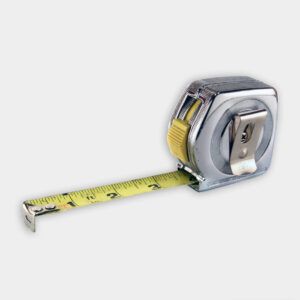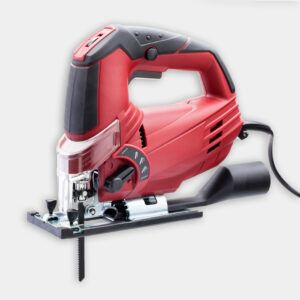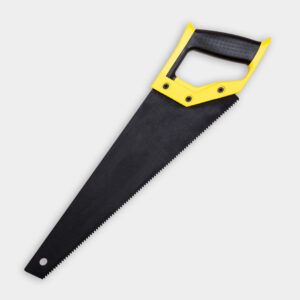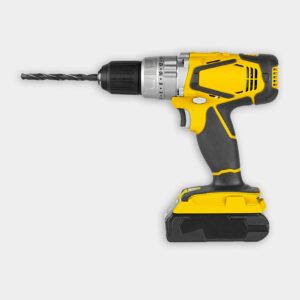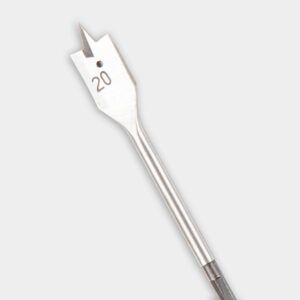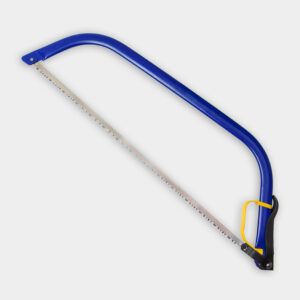We may be compensated if you purchase through links on our website. Our team is committed to delivering honest, objective, and independent reviews on home products and services.
Project details
Skill
Cost
Estimated Time
A backyard fort is the perfect place for kids to let their imaginations run wild. This simple yet sturdy structure can be built in just a few hours using readily available materials from your local home center. This Old House host Kevin O’Connor shows us how to make one in the step-by-step guide below.
Planning Your Fort Construction
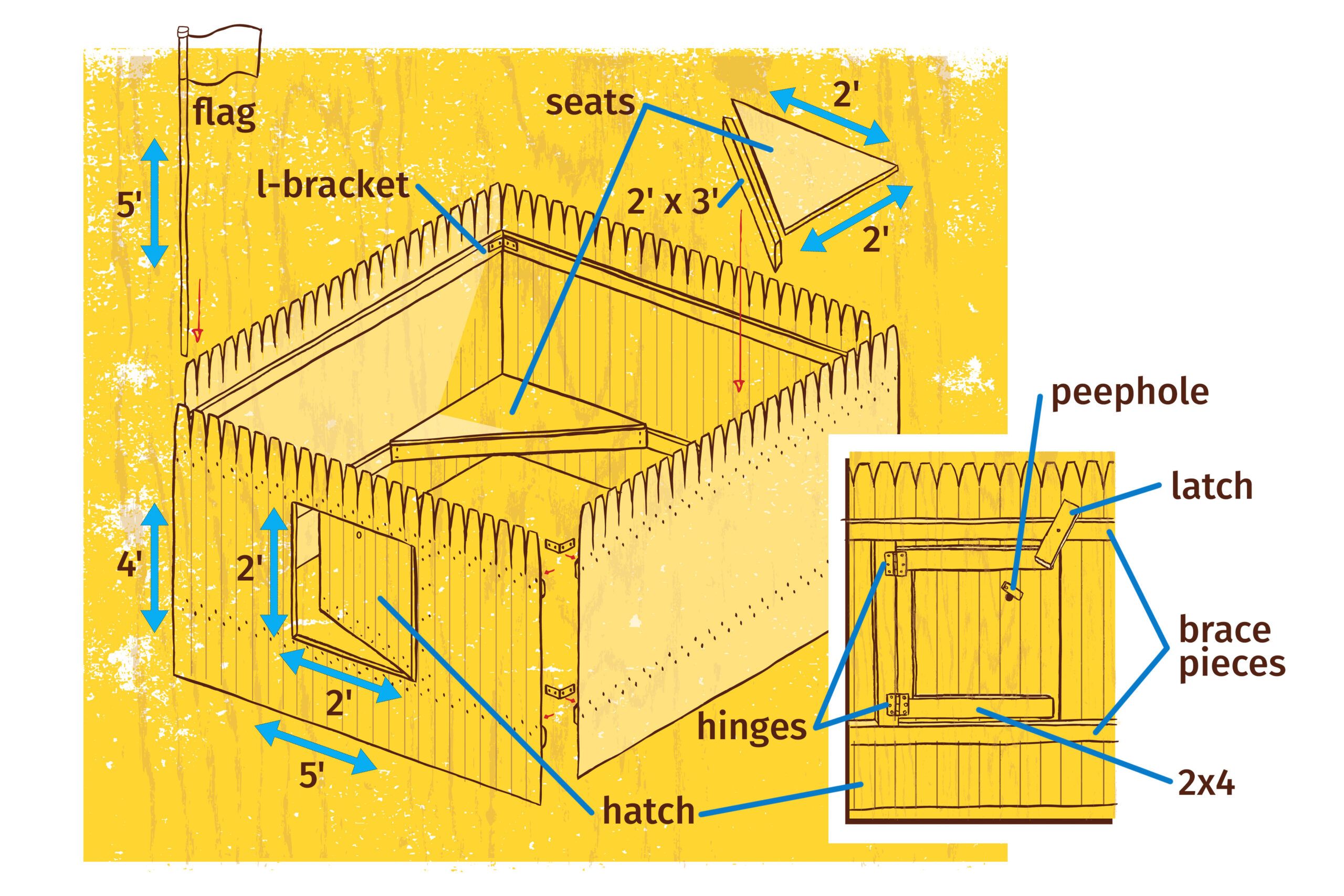
There are some practicalities to work out before you assemble your fort, including where exactly you want to put it and how big it will be.
Location
Choose a level spot in your yard that’s easily accessible but not too close to property lines or other structures. Make sure there’s enough space around the fort for safe play.
Size
Choose your fort size based on how many children will use it and how big your yard is. A typical fort measures about 5 square feet, which is large enough for several children but small enough to fit in most backyards.
Design Features
Think about what elements you want to include in your fort. Popular features include the following:
- Built-in seats
- Flag pole
- Hatch-style door
- Peephole
- Small windows
Materials
You can find most materials for this project at your local home center. Here’s a basic list of what you’ll need:
- 2×4 lumber
- Cloth (for flag)
- Hinges
- L-brackets
- Plywood
- Pressure-treated plywood
- PVC pipe (for flag pole)
- Safety glasses
- Screws
- Stockade fence sections
- Thin wire (for flag)
Step 1: Preparing the Fence Sections
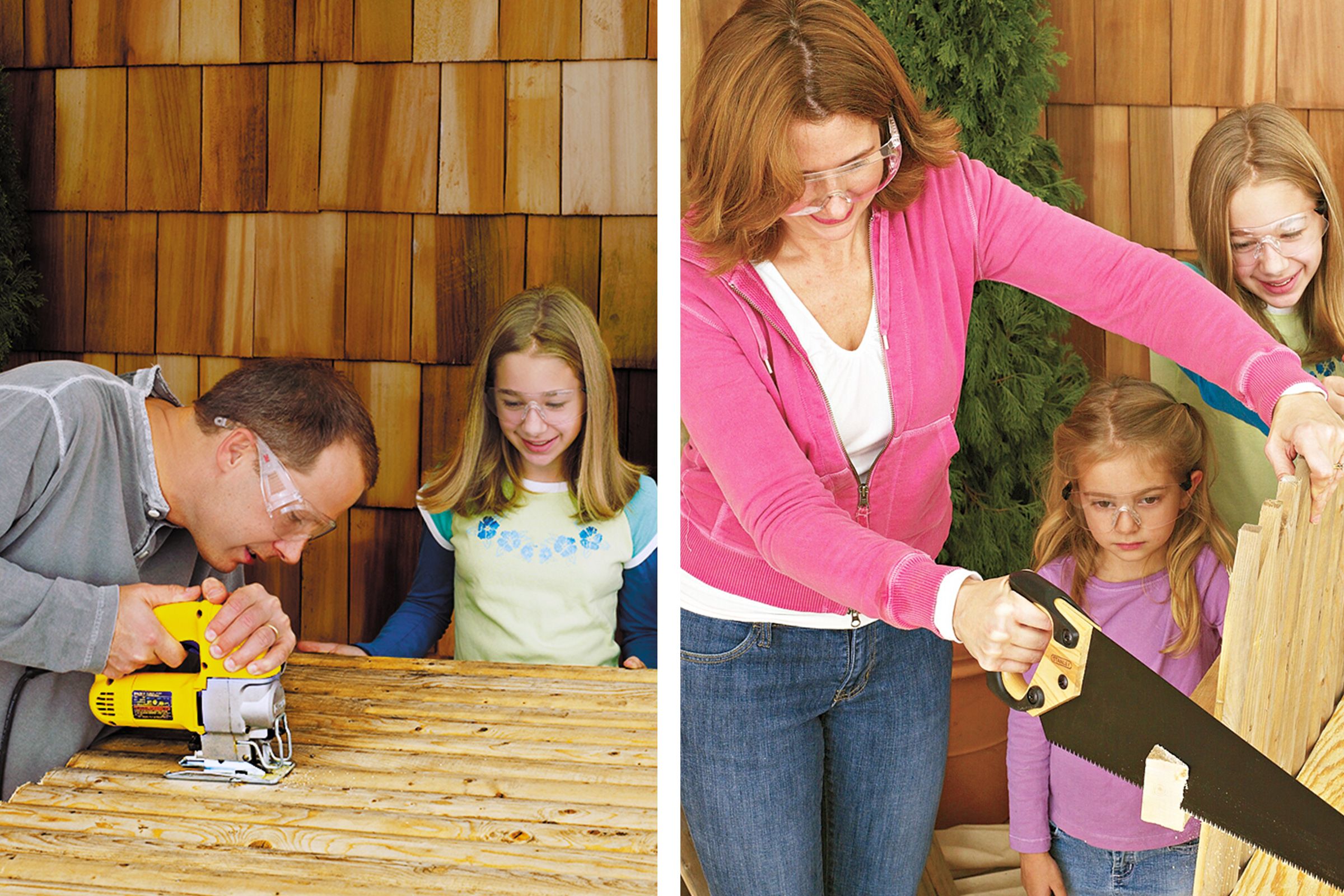
The first step in building your fort is to cut the fence sections to size and create the framework for the hatch.
- Measure and mark approximately five feet on each fence section.
- Find the nearest space between two pickets at this mark.
- Cut through the two brace pieces on the back of the fencing at this space using a jigsaw.
- Repeat this process for all four sides of the fort.
You can approximate your measurements. The most important thing is that all four pieces have the same number of pickets.
Follow these steps to ensure the fence sections fit together properly at the corners:
- Stand a 5-foot section upright.
- Use a combination square to mark 45-degree miter cuts at both ends of each brace piece.
- Cut these miters with a handsaw.
Repeat for all four fence sections.
Step 2: Creating the Fort Hatch
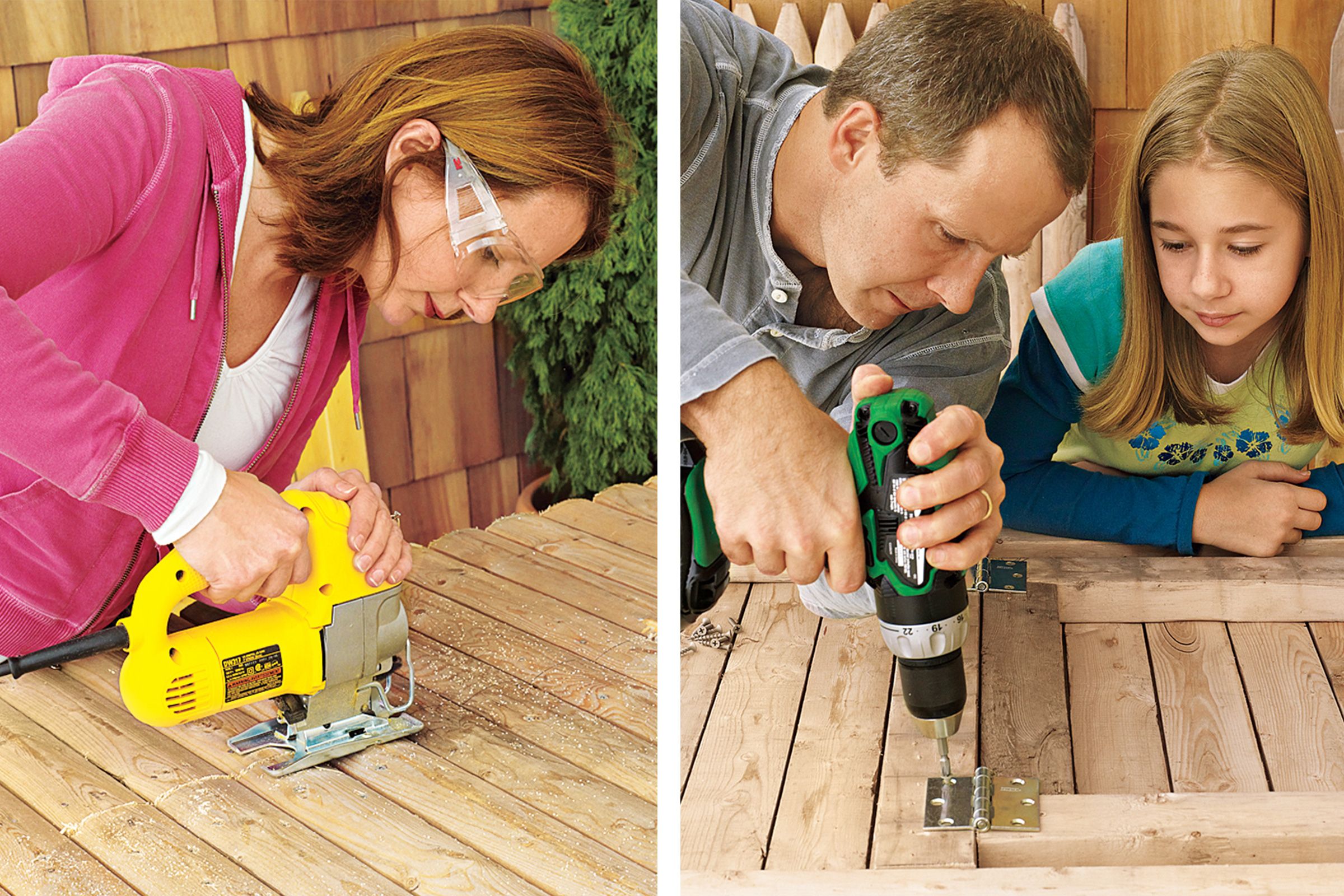
The hatch is a key feature of this fort, providing kids with a fun and secure entrance. Here’s how to create it:
- Draw a 2-foot square outline on one fence section where you want the hatch to go. Position it between the two brace pieces, with side edges falling between pickets.
- Drill 3/8-inch holes to mark the door’s four corners.
- Transfer the hatch outline to the back of the fence section, using the four holes as guides.
- Measure between the braces and cut four 2×4 pieces to frame the hatch on the back of the fence section. You now have a frame to hold the pickets onto the hatch door.
- Attach the 2×4 frame pieces to the back of the fencing with 1 5/8-inch screws every 6 inches down the middle of the picket.
- Install hinges between the short and long 2x4s along one side of the hatch.
- Using a jigsaw, cut open the hatch along its top and bottom edges between the corner holes. Cut all the way to the edge of the last picket attached to the hatch frame.
Adding a Peephole
Add a peephole to enhance the fort’s playfulness and security:
- Use a 1-inch spade bit to drill a peephole near the top of the hatch.
- Attach a small piece of wood above the hole with a single screw, allowing it to swing and cover the peephole.
Step 3: Assembling the Fort

It’s time to assemble your fort. This step is best done with a helper, as the fence sections can be heavy.
- Carry the four fencing sections to the chosen fort site.
- Lay them face down in the area where they will stand.
- Bring two fencing sections together, lining up the mitered corners.
- Use L-brackets to secure the corners where the top and bottom brace pieces meet.
- Repeat this process for all four corners until you have a square structure.
Adding Structural Supports
While the fort’s main structure is sturdy, additional supports can help with durability and safety.
- Cut 2×4 pieces to fit vertically in each corner.
- Secure these vertical supports to the top and bottom brace pieces using screws.
- Check for stability and make adjustments as needed.
Step 4: Adding Finishing Touches
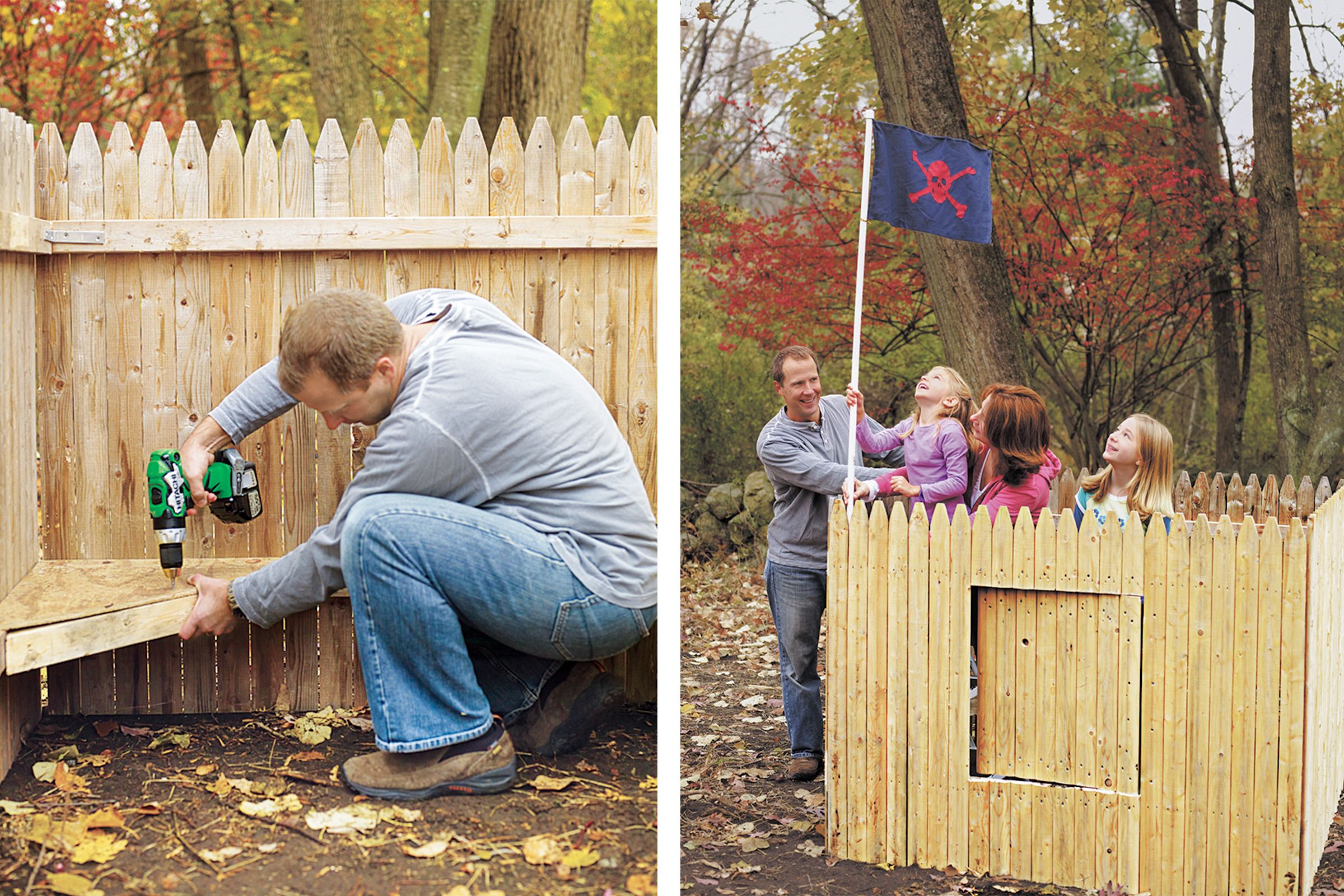
Consider these final additions to make your fort more comfortable and personalized.
Corner Seats
Use pressure-treated plywood or other weather-resistant wood to make corner seats:
- Cut a 2-foot square piece of wood diagonally to create two triangular seats.
- Attach the seats to the bottom brace pieces in the back corners using 1 5/8-inch screws.
- Cut and miter 2×3 pieces to support the front edge of each seat.
- Secure the seat supports to the fence braces and seats.
Flag Pole
Kids can design their own flag and hang it out on this flagpole:
- Create a flag from a piece of cloth.
- Cut a 5-foot section of PVC pipe for the flagpole.
- Thread a thin wire through the flag’s left edge and insert it into the pipe.
- Use a pipe cap to hold the wire in place and wrap the bottom around the pipe.
- Drill a 7/8-inch hole through the top brace in a front corner and another halfway through the bottom brace directly below it.
- Slide the flagpole through the top hole to rest in the bottom hole.
Latch
Create a simple latch for the hatch door using a 2×3 scrap block. Attach it to the brace above the door with a single screw so it can swing to lock the hatch.
Adding Windows
Windows can brighten up the fort and make it more welcoming:
- Choose locations for your windows on two of the fort’s walls.
- Mark and cut out small windows using a jigsaw.
- Sand the edges to make sure they’re smooth and safe.
- Fit plexiglass panels over the window openings and secure with screws, if desired.
Adding Decorations
Kids can personalize their new play space to make it special:
- Add signs or banners with their names
- Decorate the interior with cushions or small hand-made items
- Paint the exterior in your favorite colors
Safety Considerations When Building a Fort
While building and using the fort, keep these safety tips in mind:
- Always wear safety glasses when using power tools.
- Check the fort periodically for any loose parts or signs of wear.
- Have an adult handle the sawing and drilling tasks.
- Make sure all screws and brackets are securely fastened.
- Supervise young children when they’re using the fort.
Regular Inspections
Safety doesn’t end once construction is complete. Regularly inspect the fort for loose or rusting screws and rotting wood, and periodically check on the structure’s stability.
Enhancing Safety Features
Add the following extra safety features to keep kids injury-free while playing:
- Nonslip strips on the floor if it tends to get wet
- Rounded edges on the hatch and peephole
- Soft padding on seats to prevent bumps
